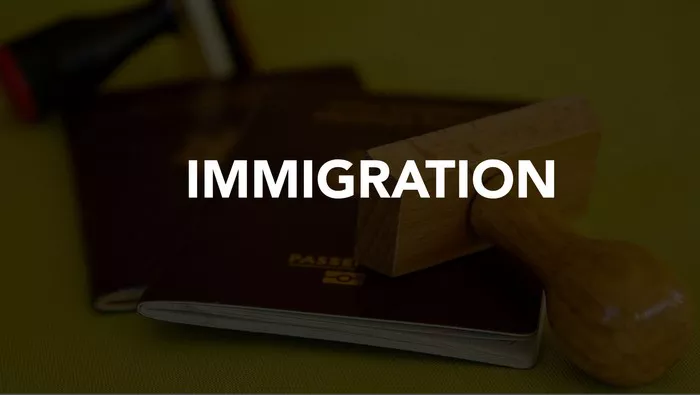Immigration status is a complex and multifaceted aspect of law that governs an individual’s presence and rights within a country’s borders. Across the globe, nations have established various categories of immigration status, each with its own set of privileges, restrictions, and pathways. Understanding these different statuses is essential for migrants, policymakers, and the general public alike. This article aims to shed light on the spectrum of immigration statuses, ranging from temporary visas to permanent residency and citizenship.
1. Visitor or Tourist Visa
Visitor or tourist visas are typically issued for short-term stays, allowing individuals to visit a country for leisure, business, or medical purposes. These visas usually have a limited duration, often ranging from a few weeks to several months, depending on the issuing country’s policies. Visitors are generally prohibited from engaging in employment or long-term residency activities while on a tourist visa.
2. Student Visa
Student visas are granted to individuals who intend to pursue academic studies in a foreign country. These visas are often tied to enrollment in a recognized educational institution and may come with certain restrictions on employment. Student visa holders are expected to maintain full-time enrollment and comply with the academic and immigration regulations of the host country.
3. Work Visa
Work visas, also known as employment visas, are issued to individuals who have secured employment opportunities in a foreign country. The eligibility criteria and duration of work visas vary widely depending on factors such as the skill level of the job, labor market conditions, and government policies. Work visa holders are typically authorized to work only for the sponsoring employer and may have to renew their visas periodically.
4. Temporary Residence Permit
Temporary residence permits are granted to individuals who wish to reside in a foreign country for an extended but finite period. These permits may be based on various factors, including employment, family reunification, or humanitarian grounds. Temporary residents are often granted access to essential services such as healthcare and education but may have restrictions on employment and access to social benefits.
5. Permanent Residency
Permanent residency, also known as permanent resident status or indefinite leave to remain, allows individuals to live and work in a foreign country indefinitely. Permanent residents enjoy many of the same rights and privileges as citizens, including access to social services and the ability to apply for citizenship after meeting certain requirements. However, they may still be subject to certain limitations, such as the requirement to maintain residency and good standing with the immigration authorities.
SEE ALSO: 7-YEAR RULE FOR IMMIGRANTS: A COMPREHENSIVE GUIDE
6. Refugee or Asylum Status
Refugee or asylum status is granted to individuals who have fled their home countries due to fear of persecution, war, or violence. Refugees and asylees are afforded protection under international law and are typically granted permission to reside in a host country and access essential services. They may also be eligible for resettlement programs or pathways to permanent residency and citizenship.
7. Citizenship
Citizenship is the highest form of immigration status, conferring full rights and responsibilities within a country. Citizenship may be acquired through birth, descent, marriage, or naturalization, depending on the laws of the country in question. Citizens enjoy privileges such as the right to vote, hold public office, and freely travel in and out of the country. They also have obligations, such as paying taxes and obeying the laws of the land.
Navigating the Complexities
The landscape of immigration status is intricate and subject to change, influenced by factors such as geopolitics, economic conditions, and social dynamics. Navigating these complexities requires a thorough understanding of the laws, regulations, and procedures governing immigration in each country. Additionally, individuals seeking to change or regularize their immigration status often rely on legal counsel and support services to navigate the process effectively.
Conclusion
Immigration status encompasses a broad spectrum of categories, each with its own rights, responsibilities, and implications for individuals and societies. From temporary visas to permanent residency and citizenship, the journey of migration involves navigating a complex web of laws, regulations, and social dynamics. By understanding the different immigration statuses and their implications, we can better support migrants and foster inclusive and equitable societies.


